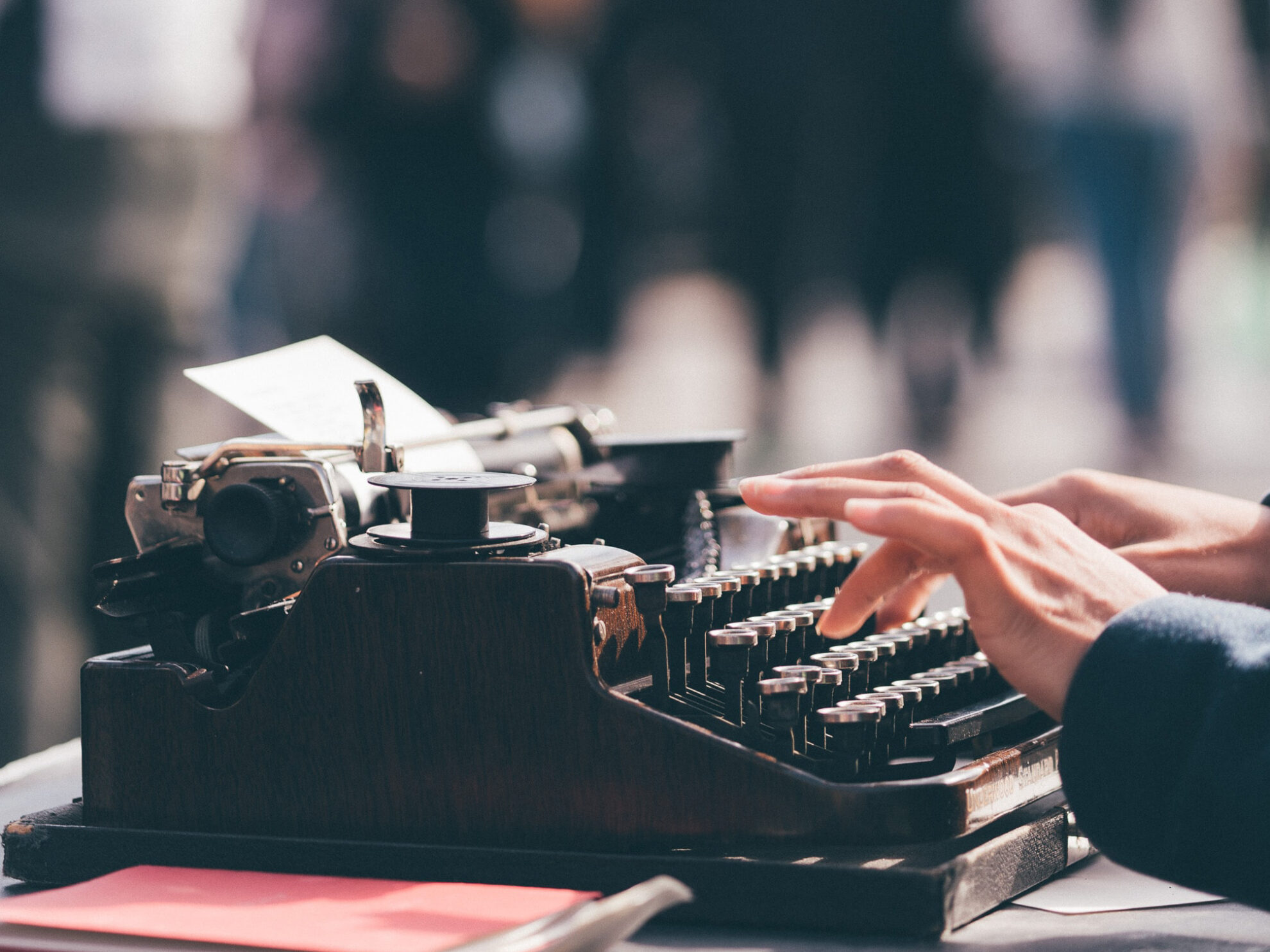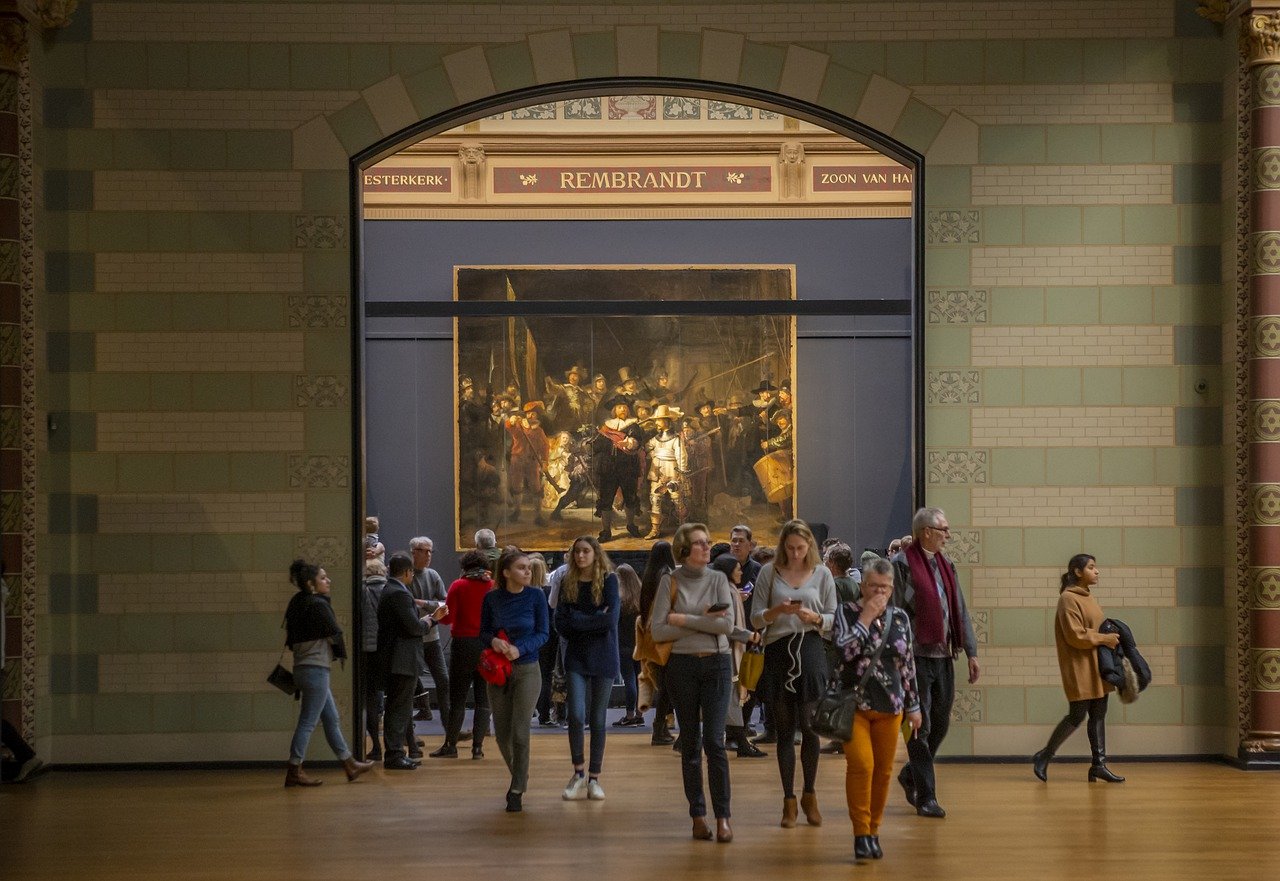It’s a delight to read, but it’s over in a flash. We’re talking about flash fiction – also sometimes called micro-stories – which are made-up storylines of 1,500 words or less.
Flash fiction is not exactly new – it’s been around for centuries, popularized by some famous writers in the 1800s and into the 1900s. However, while it never went away, social media seems to have breathed new life into this art form.
Let’s take a brief look at what flash fiction is, and what the genre’s modern writers have to say about it.
Short on Words, Big on Story
While flash fiction stories are short and snappy, there is a surprising amount of plot and character development that can occur. The intuitive style of writing, which does not worry much about censorship, is commonly paired with a photograph that sets the scene for the tale.
Ella Ward is a flash fiction writer from Melbourne, Australia. She experienced her own micro-fiction revival during the earlier pandemic. “My creativity was drying up, and tapping some words into Insta(gram) felt an achievable way to access the right side of my brain,” notes Ward.
Ward’s Instagram account is filled with stories along with poignant photos that are, at least in her case, somehow linked. “The image often helps me begin,” she says. “Sometimes I find the story evolves to take another shape, so then I have to spend time finding a different image that fits.”
The writer is currently on a six-month sabbatical from her job in advertising. She said she signed with Harper Collins last year, and is working on a “time-travelling memoir” that’s yet to be named. “These mini-stories allow me to keep another side of my writing alive, and because it feels accessible and unintimidating, it’s easy to keep it going in the background of the other book,” she notes.

Finding Inspiration from Unusual Sources
Robert Klurfield is a U.S.-based writer that also got into micro-stories fairly recently, about two years ago when he retired from a job that was sapping his creative energy.
Klurfield was on a bike ride with his Leica camera, “on a densely foggy evening” at the Jersey Shore. “All the images had a hazy, noir-ish atmospheric to them. I shot some ruined, abandoned buildings left behind by Hurricane Sandy. When I processed the images, I immediately saw them as being rather cinematic. So I began writing very short — one or two sentence — suggestions, hints of a narrative for each one. They were just snippets, the beginnings of possible pulp fiction stories or noir films.”
He called that series Ten-second short fiction – roughly the time it took to read or write those pieces according to him (his newer stories are longer and more involved, and some have grown into a series. He is also eyeing a book or even a screenplay in future based on his fiction.)
The aim is to drift into the zone when he’s writing his short stories. “None of this has happened by design. It’s been an organic evolution. I try to get out of my own way and let the creative thread knit itself into whatever tapestry might emerge. Then, I might do some serious editing,” he says. That same philosophy is rooted in the advice he has for those trying flash fiction for the first time. “Write often. Daily if you can. Let the writing take you where it wants. Then, edit remorselessly.”
Sharing Is Only Part of the Joy
Nik Bennett in Dundas, Ontario, was raised on stories about Peterloo and the Cotton Famine from his maternal grandmother and great grandfather in Manchester, U.K. An automotive accident in 2016 was the catalyst for diving into the world of flash fiction. “I wasn’t able to use any screens due to concussion. When I got clearance to resume things like (Instagram), I started to expand captions into stories to accompany the photos I was allowed to take again,” he explains.
Bennett had written poetry before that point, but only on paper. Nothing was shared. After the crash, “I was able to write and say fuck it. Then I’d post it.” He also started reading Lydia Davis, one of the greats of the genre, who convinced him “that really short short stories were not just legitimate, but also a powerful way of writing.”
There’s now no shortage of micro-stories on Bennett’s Instagram. But sharing isn’t his only motivation. “In all efforts I write to please myself first,” he notes. “I am a gobby bugger and I need to create.”
Speaking of sharing, we will be publishing short stories/photos provided by the three authors we talked to for this piece in tomorrow’s post… and also announcing a flash fiction writing contest with CulturePledge $Clout prizes! Stay tuned!





